Natural Dyeing: The Magic of Green
Although green is found abundantly in nature, especially here on the “Emerald Isle”, there is no one plant that gives you a rich deep green directly from the dye pot. Yes, a variety of plants can indeed give you subtle hues or shades of green but to get a true green one has two main options. From my experience of working with dye plants in my locality, yellow is the most common colour readily available from the natural world.
When it comes to the history of natural dyes, the greens of Europe were created by mixing Weld (yellow) & Woad (Blue) or visa versa. Textiles would have been dyed in Woad & then overdyed in the yellow of Weld. Overdyeing is the process of dyeing fibre in one colour, then re-dyeing in another colour. As green grew in popularity, different methods of achieving this colour also developed.
The most common way to achieve green naturally is by combining either a yellow and blue dye or by modifying a yellow dye with iron, this saddens down the yellow, shifting it through mustard, towards green. Yellow can also be modified with copper usually resulting in a brighter neon type green. With correct use, Iron can be used safely however it is quite harsh on fibres, especially the more delicate protein fibres such as wool or silk. Both iron and copper are heavy metals, I have found that iron can be used and disposed of safely, whereas copper can be hazardous and challenging to dispose of safely. This leaves combining a yellow with a blue dye or visa versa the gentlest option for our textiles and environment.
When it comes to dyeing using a yellow and a blue, there are so many options for yellow. However, when applied to textiles, not all yellows are equal in their longevity so it is best to use the more colourfast yellows such as fustic or Weld. For the blue, you could use indigo or woad.
Anyone familiar with the colours of natural dyes will start to see the subtleties of shades between each colour. You can have 10 different shades of pink each one just fractionally different than the next. If they were to be side by side you may not notice the subtle difference but if you were to contrast the lightest and the darkest of the ten, the difference would be clear. Nowhere has this been more apparent to me than observing and working with green, the range of shades from this soothing colour are endless.
When combing a yellow and blue, the shade of yellow will determine the resulting shade of green. When you think about yellow, we have the bright shades of a daffodil, the vibrancy of lemon, the golden yellow of a mango, or the orange-yellow of the bumblebee. Once you apply a blue to any of these shades of yellow, the greens can range from grass, lime, forest, seaweed, sage or chartreuse green.
It is a wonderful endeavour to be able to work with natural colour in this way. To learn of the subtleties and nuances of the natural world through colour is a privilege. If you have a moment today, talk a walk through your neighbourhood and observe the plants and colours around you. Be curious & see what’s growing in abundance, I wonder if you could dye with these and what colours they would yield?






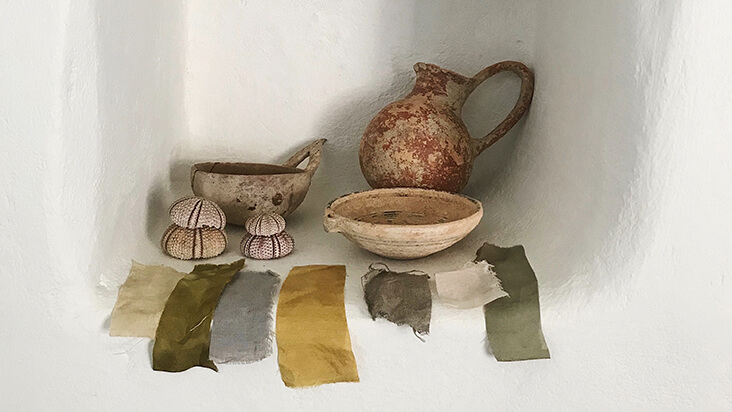
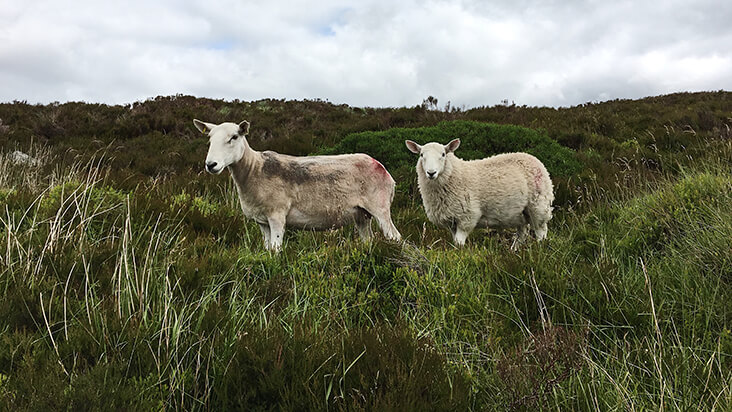
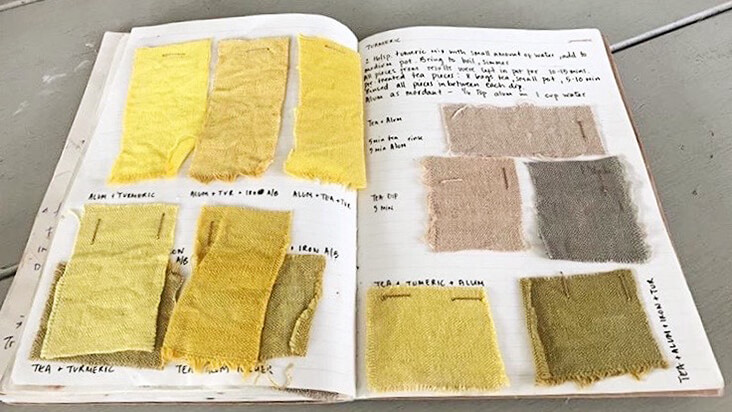




















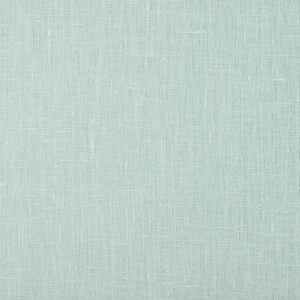


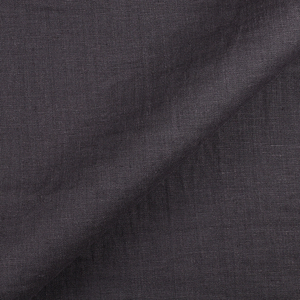



















2 Comments
Savannah Scollar
I recently managed to get a really beautiful green using tannic acid and marigold from The Yarn Tree USA. This might have had something to do with the pot, though, since one of my dye pots has some exposed metal inside. That might have affected the results, but I can’t remember whether that was the pot I used. I’ll try again and make certain I’m using one of the good pots lol.
Jay Evert
Greetings: I am completely naïve about natural dying, so pardon my ignorance. Would dying fabric blue then yellow then blue again achieve a blue-green? If not, then how? Thank you!